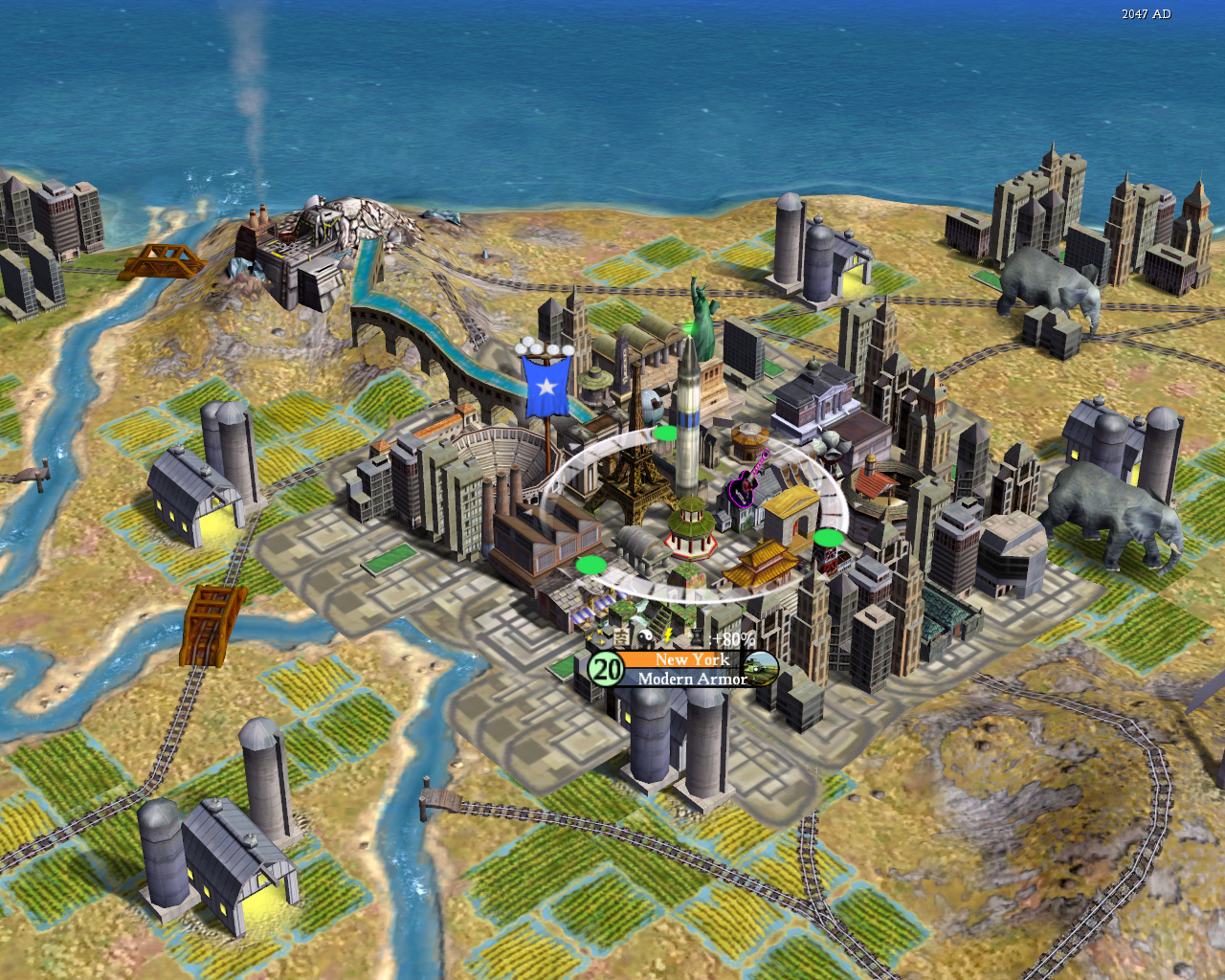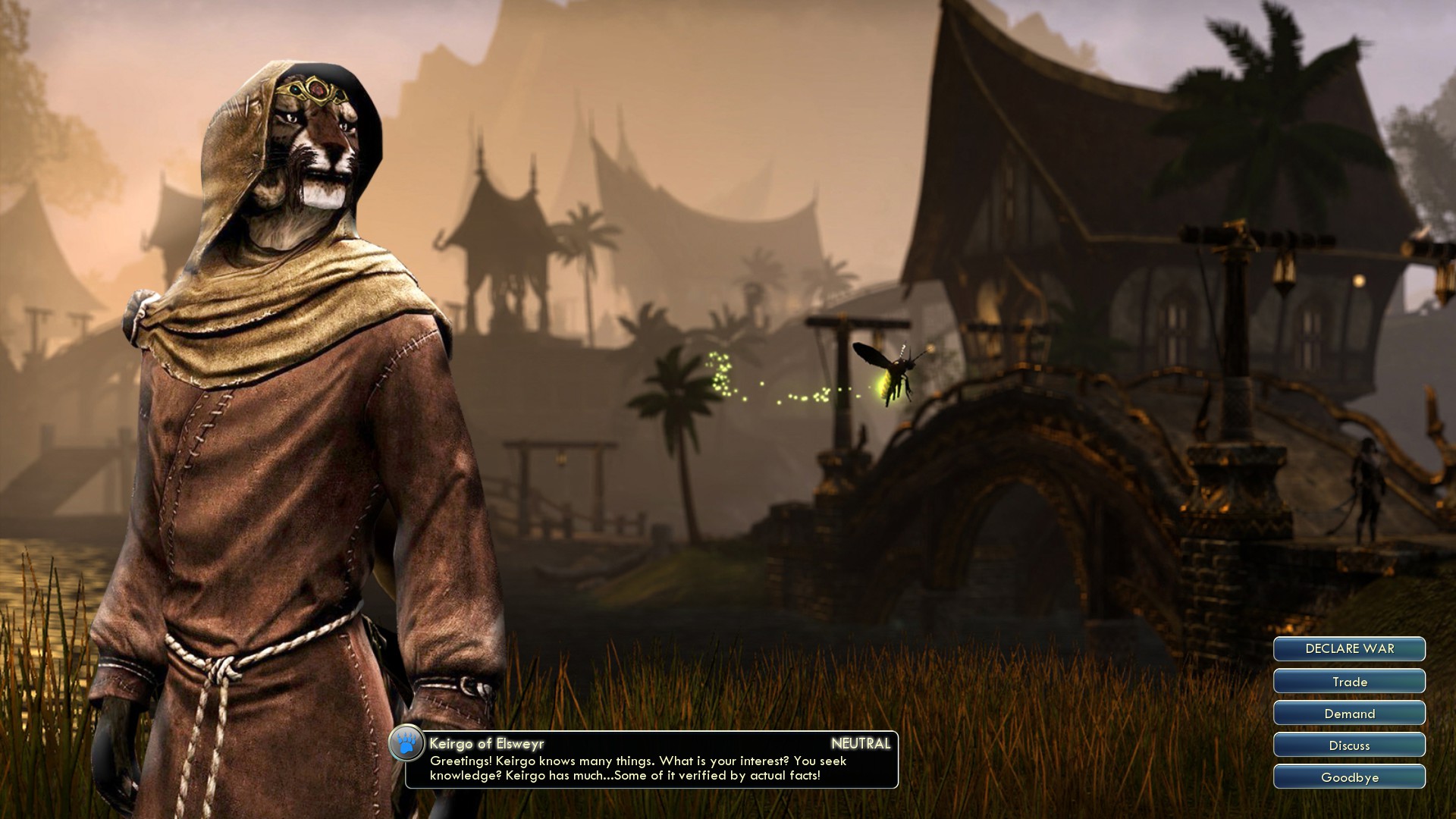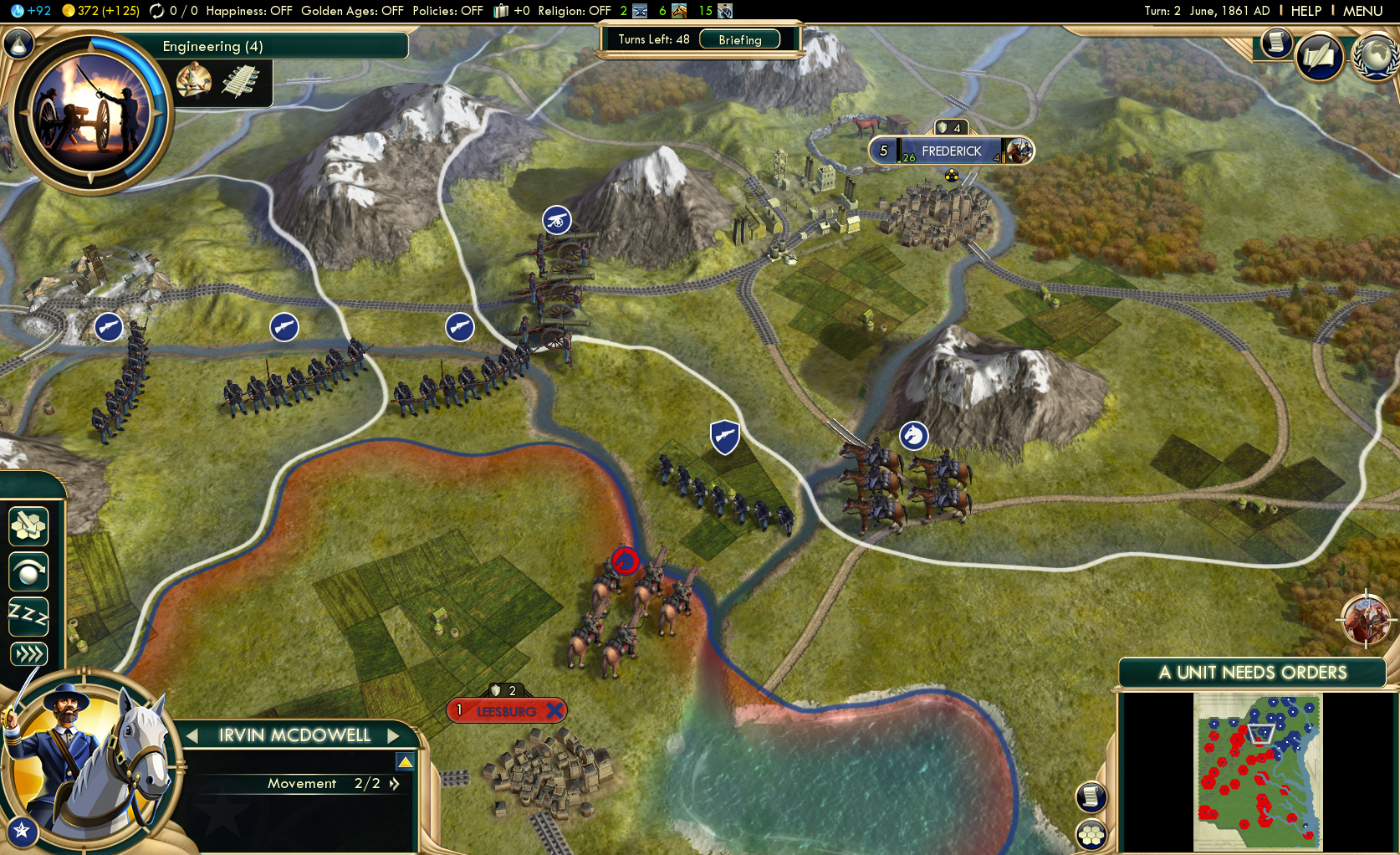

In terms of humans, hundreds of thousands of years of evolution - both biological and mechanical - may result in the inhabitants of this type III civilization being incredibly different from the human race as we know it. But now, onto Type III, where a species then becomes galactic traversers with knowledge of everything having to do with energy, resulting in them becoming a master race. So we’ve gone from having control over a planet, to a star, which has resulted in us harboring enough "disposable" energy to essentially make our civilization immune to extinction. are there any other options? Well yes, because we’d have the capability to move Jupiter, or another planet of our choice, into the way – pretty cool, right?

But let’s say we didn’t want to move Earth. Or if we had time, we could move our planet out of the way, completely dodging it. Take, for instance, if humans survived long enough to reach this status, and a moon sized object entered our solar system on a collision course with our little blue planet-we’d have the ability to vaporize it out of existence. What would this much energy mean for a species? Well, nothing known to science could wipe out a Type II civilization. Nearby gas giants can be utilized for their hydrogen, slowly drained of life by an orbiting reactor. Alternatively, if fusion power (the mechanism that powers stars) had been mastered by the race, a reactor on a truly immense scale could be used to satisfy their needs.

The most popular of which is the hypothetical ‘Dyson Sphere.' This device, if you want to call it that, would encompass every single inch of the star, gathering most (if not all) of its energy output and transferring it to a planet for later use. Several methods for this have been proposed. The next step up - a Type II civilization - can harness the power of their entire star (not merely transforming starlight into energy, but controlling the star). Human beings could control volcanoes, the weather, and even earthquakes! (At least, that is the idea.) These kinds of feats are hard to believe, but compared to the advances that may still be to come, these are just basic and primitive levels of control (it's absolutely nothing compared to the capabilities of societies with higher rankings).Ī Dyson Sphere (Credit: Slawek Wojtowicz) However, being able to harness all Earth’s energy would also mean that we could have control over all natural forces. This means that we would need to boost our current energy production over 100,000 times to reach this status. But what does each of these categories actually stand for in literal terms?Ī Type I designation is a given to species who have been able to harness all the energy that is available from a neighboring star, gathering and storing it to meet the energy demands of a growing population. Kaku tends to believe that, all things taken into consideration, we will reach Type I in 100 – 200 years time. Since we still sustain our energy needs from dead plants and animals, here on Earth, we are a lowly Type 0 civilization (and we have a LONG way to go before being promoted to a type I civilization). These additions consider both energy access as well as the amount of knowledge the civilizations have access to.įirst, it is important to note that the human race is not even on this scale yet. Other astronomers have extended the scale to Type IV (10⁴⁶W) and Type V (the energy available to this kind of civilization would equal that of all energy available in not just our universe, but in all universes and in all time-lines). It has 3 base classes, each with an energy disposal level: Type I (10¹⁶W), Type II (10²⁶W), and Type III (10³⁶W). The scale was originally designed in 1964 by the Russian astrophysicist Nikolai Kardashev (who was looking for signs of extraterrestrial life within cosmic signals).


 0 kommentar(er)
0 kommentar(er)
